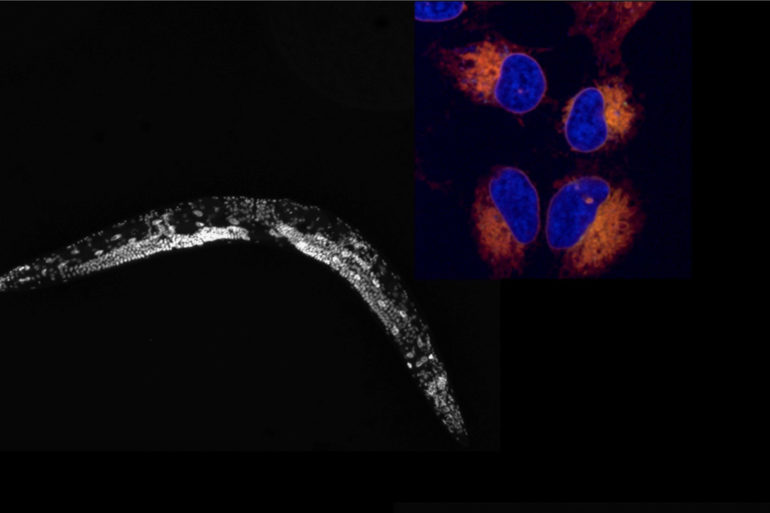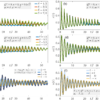A new study published today in Cancer Discovery, a journal of the American Association for Cancer Research, reports findings that may change the understanding of how synovial sarcoma develops and spreads. The study, headed by Kevin B. Jones, MD, a surgeon-scientist, and Bradley R. Cairns, Ph.D., cancer researcher and chief academic officer, both at Huntsman Cancer Institute (HCI) at the University of Utah (U of U), analyzed how a group of protein complexes initiate the cancer and may speed or slow its progression.
Sarcomas are cancers of the flesh and bone, or connective tissues. Although these tissues are common in the body, they rarely become cancerous. When connective tissues do form a sarcoma, the cancer tends to be very dangerous.
“We study how sarcomas begin at the molecular level,” says Jones. “Our lab focuses on sarcomas in children, adolescents, and young adults. One type we study, synovial sarcoma, develops deep in muscles.” Jones also serves as a professor of orthopedics and leads the Sarcoma Disease Center at HCI.
“The treatments provided for synovial sarcoma are very effective at ridding a single site of disease,” says Jones. “However, synovial sarcoma tends to spread to other parts of the body¬—particularly the lungs. Nothing has proven to be consistently capable of saving the lives of these precious young patients who develop disease beyond the reach of surgery.”
In an effort to better understand how and why synovial sarcoma develops and spreads, Jones and Cairns teamed up to examine the role of SMARCB1 and SS18-SSX, two proteins associated with synovial sarcoma, which function as members of a group of protein complexes that package and regulate genes involved in cell growth and development.
“Many cells require an accumulation of gene changes to build momentum and become a cancer,” says Jones. “As a cell begins the process of becoming a synovial sarcoma, however, one very big, singular change happens. Two chromosomes swap arms and connect the beginning of one gene to the end of another. The fusion protein produced, SS18-SSX, takes on abilities not seen in either original protein.”
Previous understandings of how this fusion protein drove the formation of synovial sarcoma focused on the inclusion or exclusion of specific protein members of these gene-packaging complexes, such as the SMARCB1 protein. The team learned that instead of adjusting the membership of proteins within these gene packaging and regulating complexes, synovial sarcoma actually changes the relative balance between different complex subtypes.
“It’s the difference between lamenting the lack or overabundance of a particular topping, such as pepperoni or pineapple at a pizza parlor, versus noting how many of each kind of pizza are available and how quickly each type is being made or eaten,” says Jones. “For the gene packaging and regulating complexes in synovial sarcoma, our team has identified that pizza types are more important than any particular topping.”
Cairns and Jones and the rest of the team hope that since they have now identified a specific gene-regulating protein complex to target, drug development efforts can move forward with a clearer direction.
New study advances understanding of rare sarcoma
More information:
Jinxiu Li et al, A role for SMARCB1 in synovial sarcomagenesis reveals that SS18-SSX induces canonical BAF destruction, Cancer Discovery (2021). DOI: 10.1158/2159-8290.CD-20-1219
Provided by
Huntsman Cancer Institute
Citation:
Researchers yield new insights into origins of synovial sarcoma (2021, June 4)
retrieved 6 June 2021
from https://medicalxpress.com/news/2021-06-yield-insights-synovial-sarcoma.html
This document is subject to copyright. Apart from any fair dealing for the purpose of private study or research, no
part may be reproduced without the written permission. The content is provided for information purposes only.



